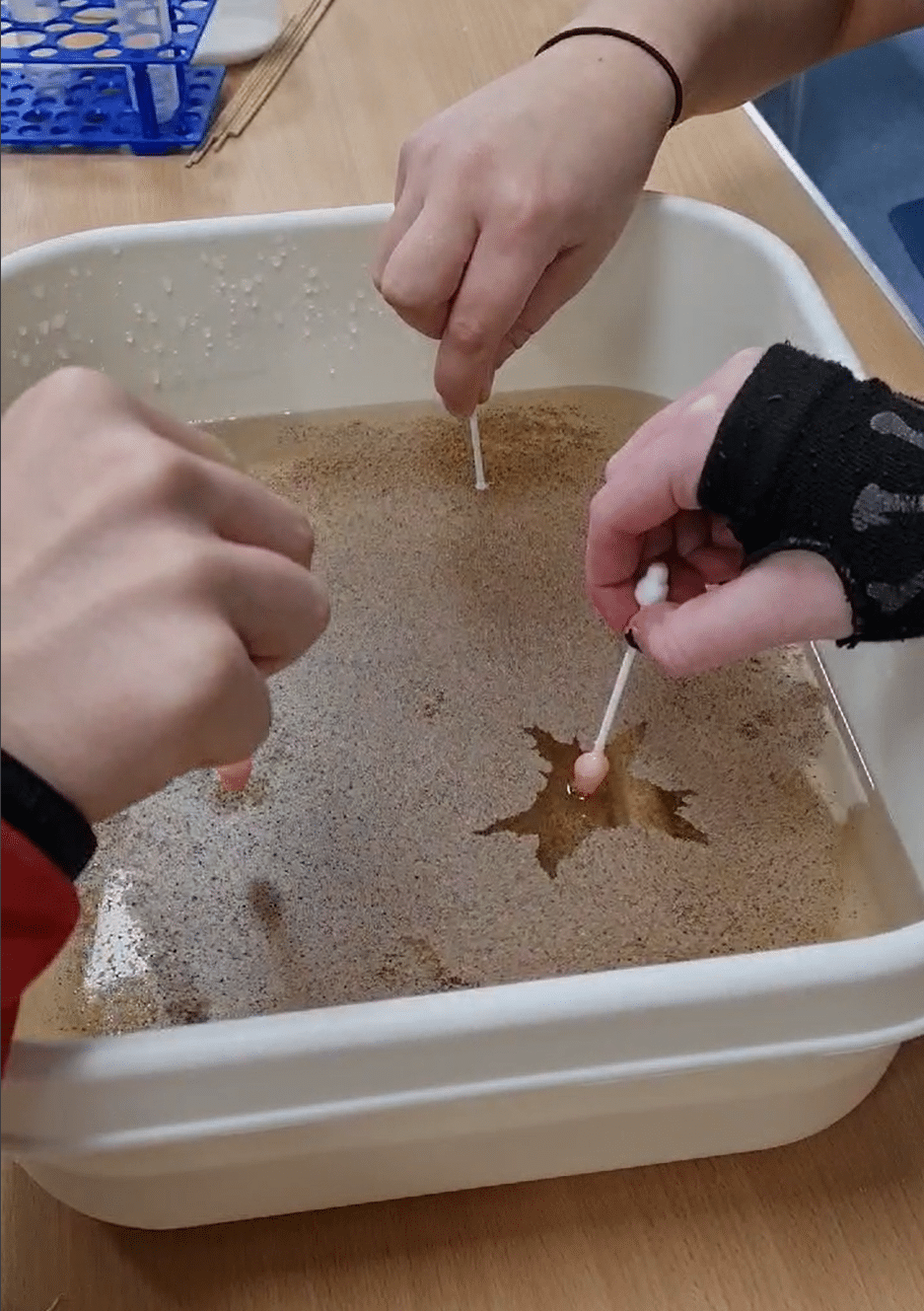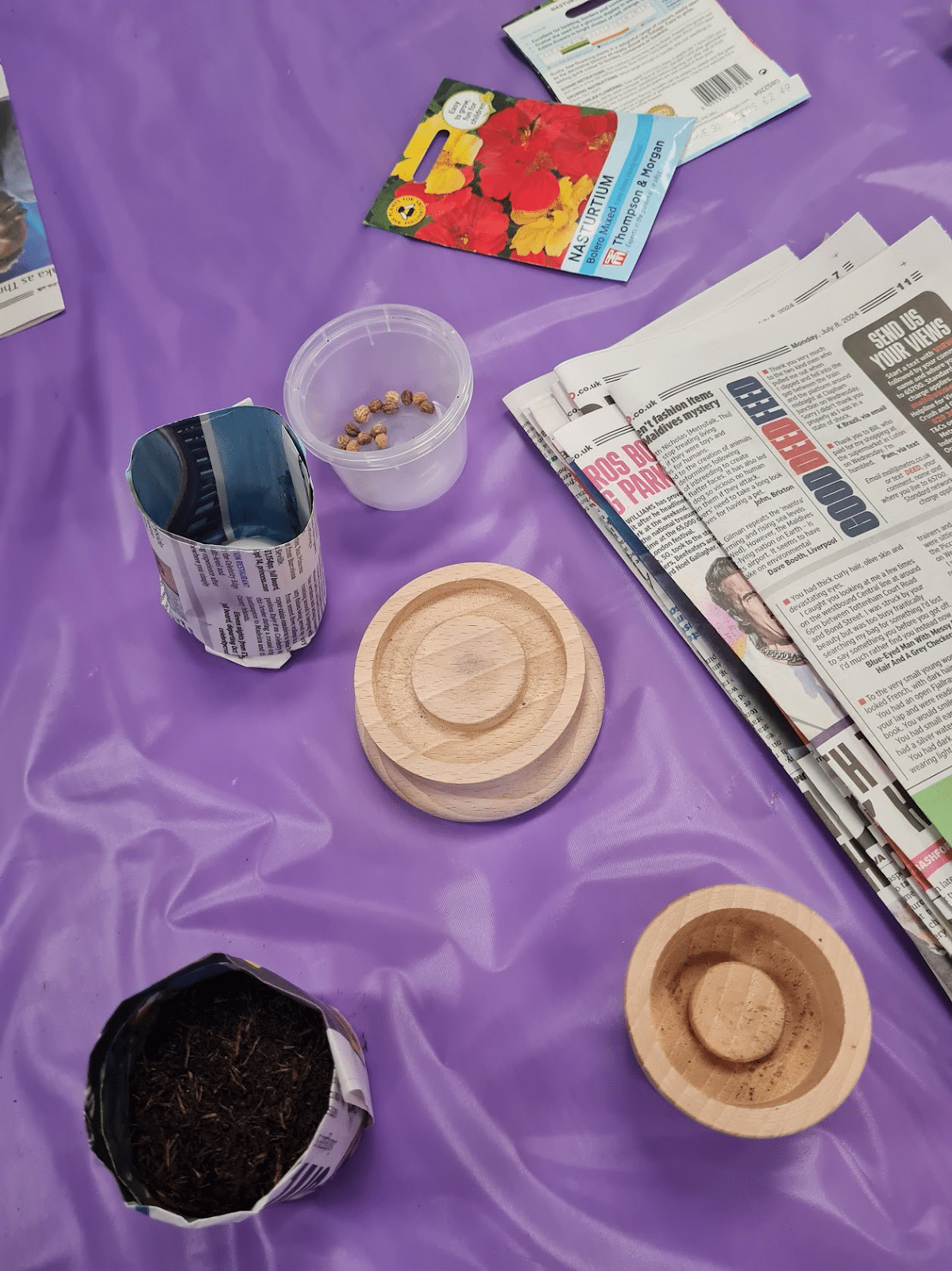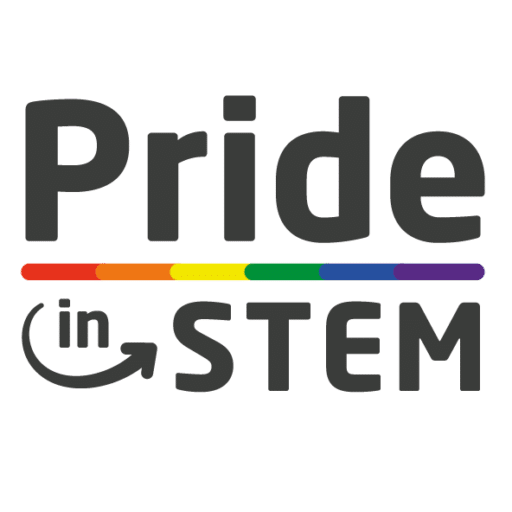STEM for Queer Youth is a project which involves LGBTQ+ scientists visiting a LGBTQ+ youth group in Wiltshire. The visits involve scientists sharing their career experiences and running an interactive hands-on activity.
The pilot phase of the project was funded by the Biochemical Society’s Diversity in Science grants and is now funded by Pride in STEM. Alongside Pride in STEM, the project was developed with:
Sarah Cosgriff, a freelance science communicator who has a background in working with young people, schools, LGBTQ+ inclusive education, and previously worked in a youth charity. Sarah provides 1-1 support for the visiting LGBTQ+ scientist and facilitates the visits. They are also a regular volunteer for Out of the Can.
Out of the Can (OOTC), a LGBTQ+ youth group for 12-19 year olds based in Swindon. This youth group provides a safe space for LGBTQ+ youth to socialise as well as be open about and explore their identity. By attending OOTC, young people can build their confidence and social skills, engage with different activities and to be signposted to relevant local services and projects.
We are currently recruiting scientists to participate in this project. If you are interested, email info_at_prideinstem.org. Material and travel expenses are covered,d and there is a fee offered for taking part.
Why Engage LGBTQ+ Youth with Science?
We run this project in an LGBTQ+ youth group so we can directly engage LGBTQ+ youth with science. There are several reasons to engage LGBTQ+ youth with science, such as:
- The lack of visibility of LGBTQ+ people in education
- LGBTQ+ youth may not see themselves reflected in science education
- LGBTQ+ youth can have negative experiences within education, such as being more likely to be bullied than non-LGBTQ+ peers
- Science-related careers are often perceived as being only for a select few
- The lack of opportunity to meet LGBTQ+ scientists and talk about their career pathways
- LGBTQ+ audiences are underserved in science communication
- LGBTQ+ people have had negative experiences with science, historically and in the present day
Here are examples of existing projects we are aware of which specifically engage LGBTQ+ youth with STEM and raise the visibility of LGBTQ+ scientists:
1. Queer Science, University of Minnesota: they host events inviting LGBTQ+ youth onto campus to attend talks and meet LGBTQ+ scientists.
2. Queer Science Competition, PRISM: a competition where students in schools in the south-west of England choose a LGBTQ+ scientist who they think should be more widely known and share why.
There are also educators who focus on queering the science curriculum, such as:
1. Gender Inclusive Biology, a team of science teachers who develop free resources and frameworks to support science teachers in building a more inclusive biology curriculum.
2. Liam Cini O’Dwyer, a PhD student who is researching the experiences of LGBTQ+ youth in science education.
What did we learn from our pilot?
We found these aspects made the visits particularly effective:
- Tailoring language and the interactive activity for the two different age groups (12-15 years old and 15-19 years old)
- Opportunities to bring their personal interests while participating in the interactive activity
- Open-ended activities (although depending on the context, structure can be helpful)
- Using creative and craft-based activities
- Having different components or different activities for the group to engage with
- Activities that are flexible and allow young people to drop in or out
- Developing a relationship with the group and/or the young people within it
For the scientists, here are benefits they gained from participating in STEM for Queer Youth:
- The opportunity to engage with those aged 12-19 years old
- The opportunity to engage an LGBTQ+ audience with science
- Having 1-1 support (from Sarah) to develop an interactive activity
- Development of science communication skills
- The opportunity to share and discuss the experiences of LGBTQ+ scientists
- The opportunity to speak to LGBTQ+ youth who are potentially interested in pursuing STEM in the future
Previous activities

Description: cotton buds which have been coated with soap, dipped in water covered with black pepper. This demonstrates surface tension.
Description: track and trace activity. There are several profiles of different people, each describing their symptoms and the timing. The young people had to determine using this information how a disease spread in a local population.
Description: an activity involving making outfits inspired by proteins, using craft materials.
Description: activities demonstrating chromatography. On the left: skittles on filter paper. On the right: pen drawings on filter paper.

Description: shoe design activity. The young people were asked to design a shoe and include three design features. This is an example of a shoe design created by a young person, who designed a shoe for frogs.
Description: activity involving making sea slugs out of air-dried clay.

Description:
On the left: writing with gall ink. On the right: placing seeds for bisexual flowers into soil, which the young people were able to take home.
Description: activity involving painting with cabbage water, carrot juice, lemon juice and UV paint, to discuss different pigments found in leaves.

